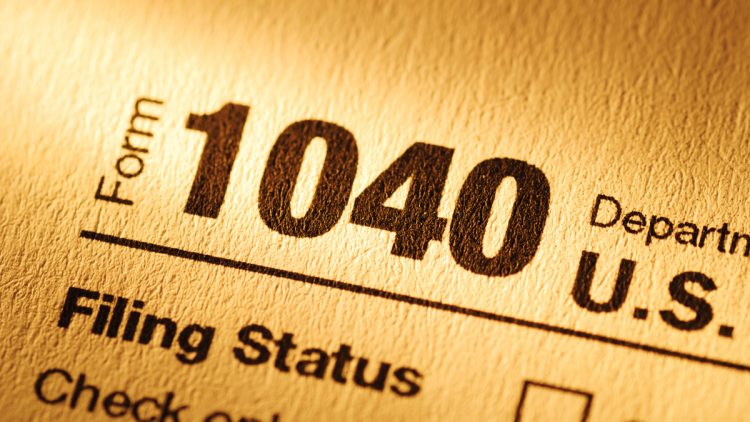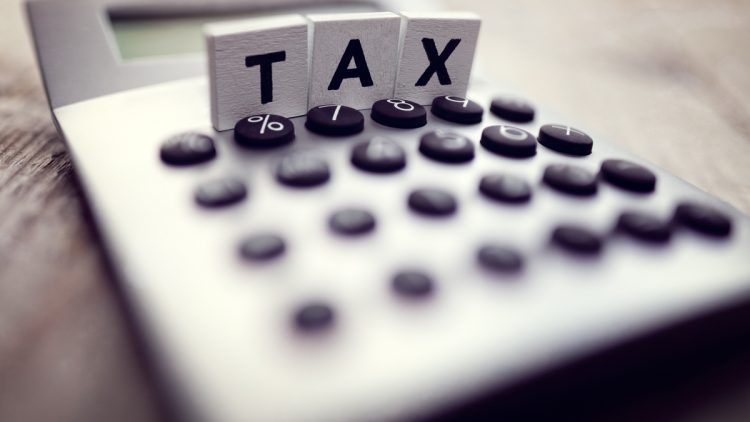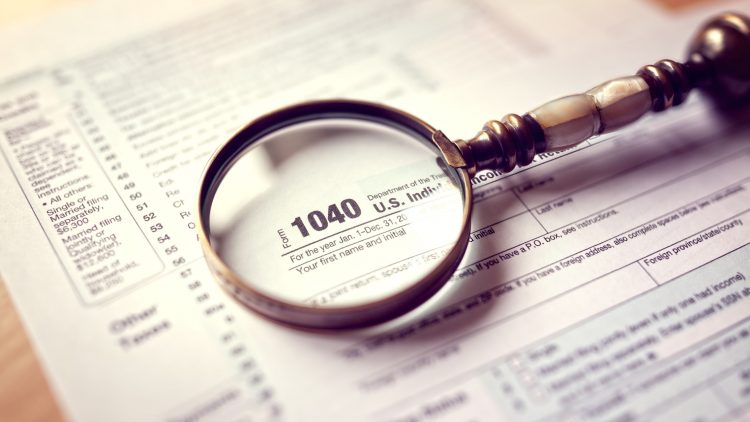What Are Tax Audits?
A tax audit is when the IRS chooses to look into your tax return a little more comprehensive and verify that your income and deductions are true. Usually, your tax return is selected for audit when something you entered on your return is not common. There are 3 main kinds of IRS audits: a mail audit, an office audit and a field audit.
Mail Audits
No matter what kind of audit the IRS chooses to carry out, you will get notification of it through mail. A mail audit is the most straightforward kind of IRS review and doesn’t require you to meet with an auditor personally.
Usually, the IRS petitions for additional documentation to prove different items you reported on your return. For instance, if you claim $5,000 in philanthropic deductions, the IRS might send you a letter calling for evidence of your donations. Typically, submitting adequate evidence will complete the audit in your favor if the IRS is content.
Office Audits
An office audit is a face-to-face audit carried in a local IRS office. This type of audit is usually more detailed than a mail audit and typically comprise of questioning by an audit officer about details on your return. You will be requested to bring particular information to an office audit, like the books and records for your company or your personal financial institutional statements and receipts. You additionally have the right to bring a CPA or attorney to represent you during the audit.
Field Audits
A field audit is the most comprehensive kind of review that the IRS carries out. In such a situation, an IRS agent will carry out the audit at your home or business. Usually, field audits are done when the IRS is double checking more than one deduction. A field audit is typically very detailed and will cover a lot, if not all, issues on the return.
Potential Results of an Audit
There are three potential results of an IRS audit. When the IRS is content with your explanations and the documents you submitted, then they won’t change anything on your return. If the IRS suggest changes to your tax return, you could either agree and approve the changes or question the agent’s evaluation. If you are in agreement, you will sign an review report or other document offered by the IRS and establish some kind of payment agreement. When you are in disagreement with their findings, you can schedule a meeting with an IRS supervisor to further examine your case or you can petition for a formal appeals meeting.
Tax Settlement in Mesa, Arizona
If you need IRS Debt Help, Tax Debt Settlements or Tax Debt Advising in Phoenix, Mesa or anywhere else, Tax Debt Advisors can help! Give us a call at 480-926-9300 or fill out our contact form for a free consultation.





